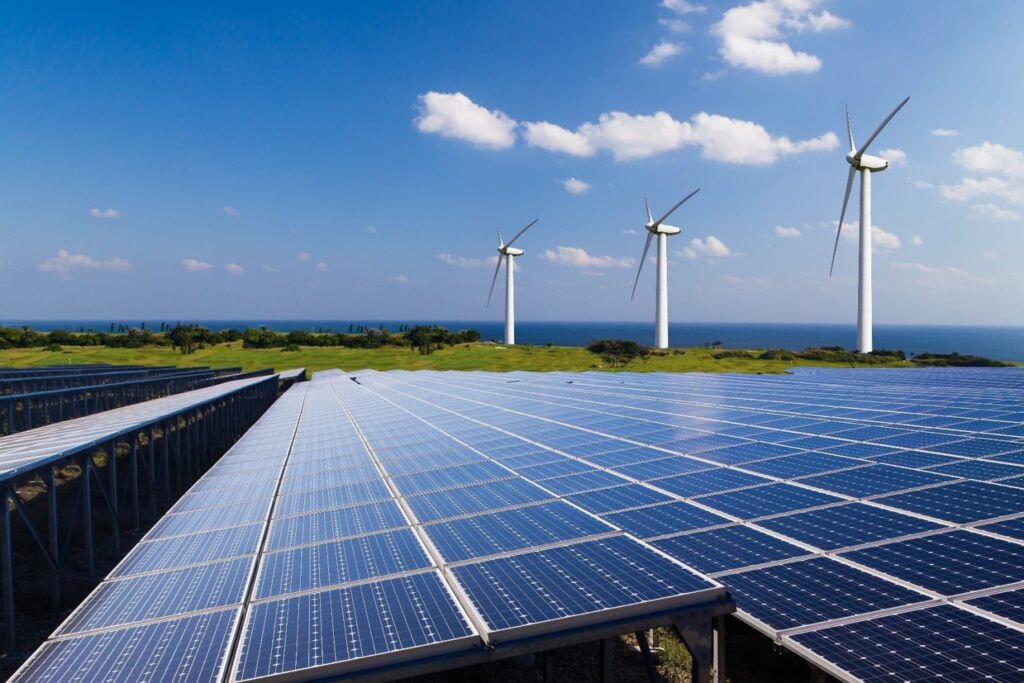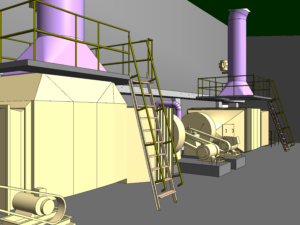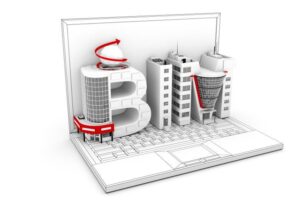
The potential to slow global warming through changes in design and construction is enormous. Most of us spend a significant portion of our lives in one or more buildings, but have you ever given any thought to the greenhouse emissions associated with their construction? By the use of BIM, many difficulties can be overcome. The use of recycled and more environmentally friendly building materials is one strategy to lower harmful emissions. Building Information Modelling is referred to as BIM. It is a digital representation of a building that gathers knowledge about its many parts and makes it available for access and sharing for a variety of uses. Some aspects which are to be taken under account

1. Reducing waste: In the construction sector, waste generation is a significant problem, and reducing it can help reduce carbon emissions from raw materials, manufacturing, transportation, and disposal. The BIM may help projects by allowing for more precise material ordering, which reduces the amount of waste that ends up in landfills. BIM offers precise visualization for all project participants, enabling possibilities to reduce waste to be incorporated at the design phase by identifying potential conflicts at an early stage. 2. Pre-Construction Model and Design Development : When talking about renewable energy usage, the ideal situation is where we produce little to no waste using convenient tools. One such tool is BIM or building information modelling. The architecture, engineering, and construction (AEC) industry’s various disciplines are brought together by BIM in a collaborative manner to increase the effectiveness and efficiency of projects. 3. Lifespan of Project : Project teams can now prospectively assess data on energy use, resource use, and resilience thanks to the growing accessibility of digital databases including environmental effect information on various materials and processes. By incorporating BIM, we can choose the best path with a long-term view. With new technologies coming day by day, and such things should be kept in mind.

4. Energy efficiency Calculations: When talking about energy efficiency, sustainable options are always to be opted for. For example, by BIM to design, we can design a building to accommodate the most sustainable options. All sustainability-related consequences are understandable, speculative, and modulable. This results in a concept of proactive asset management as opposed to reactive environmental considerations. 5. Implementation: Utilize the technology of BIM to skillfully incorporate factors like managing stormwater and floodplains, sea-level rise adaptation, and resilience to harsh weather and storms. Vernacular architecture, or building that takes into account the local climate and materials, is a term that has been used to describe this kind of structural modelling. 6. Transparency: Teams can update status information, mark up the 3D model in the field, and monitor real-time data while building, giving stakeholders a thorough perspective of the entire process. The BIM technologies also record a project’s inspection history, including inspection dates and the sign-off authority. Workflows can be incorporated at every stage to increase visibility even more. Sustainable sources can be incorporated with much more ease. 7. How OneClick BIM Can Play Important Role here : BIM to skillfully plan and process any project is phenomenal. By using such advanced and convenient technologies, OneClick BIM not only help towards the betterment of climate change but we also make use of sustainable options so that the projects are long-lasting and environmentally friendly. Naturally, using sustainable construction techniques will lessen your company’s environmental impact. If you are the customer for a new building, your specifications will have a significant influence on the project’s specifications and the long-term operating costs of the facility. To Discuss more about this reach out us on contact@oneclickbim.global or dial +91-7420800880




